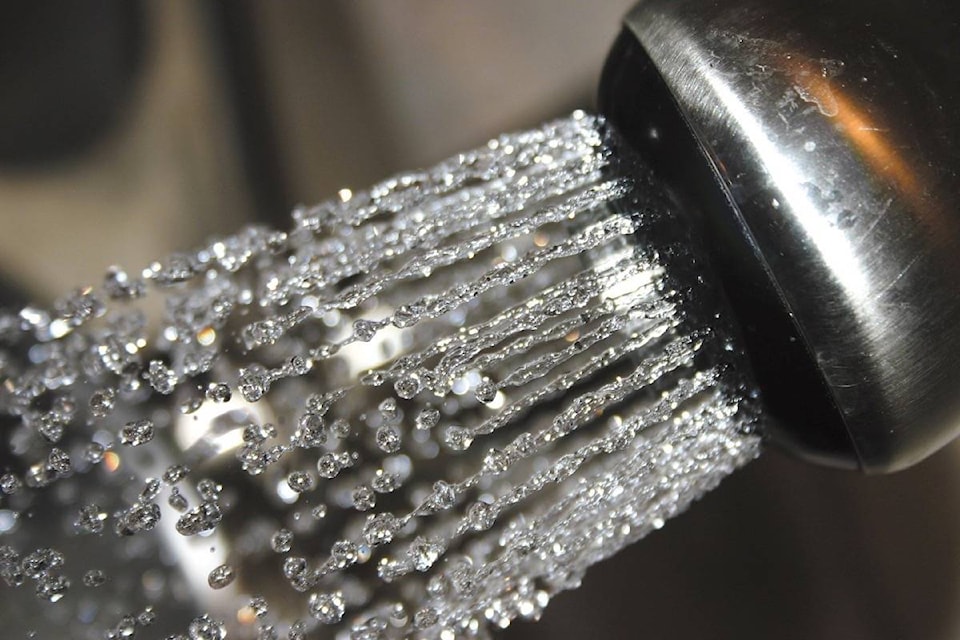We fell short. Way, way short.
The Cowichan Water Challenge recently came to an end, with the Cowichan Watershed Board reporting results of their 2014 to 2018 bid for the Cowichan Valley to cut consumption by 20 per cent.
In fact, the only area that came anywhere close to the goal was Cowichan Bay, which actually came in at a 22 per cent reduction. None of the other areas (North Cowichan, Mill Bay, CVRD and Ladysmith) even reached double digit reductions. We give Ladysmith a bit of a break, since they were the example that prompted the challenge. Between 2002 and 2013 they managed to reduce their consumption by 45 per cent. The rest of us just outright failed. It is particularly depressing to see that every area but the CVRD saw an increase in consumption from 2017 to 2018.
But what about the Catalyst mill, we hear people yell. They are indeed the region’s largest water consumer “by far”, the Watershed Board’s report acknowledges. What some may not know is that over the past 20 years the company has decreased the amount of water to produce a tonne of pulp by 30 per cent. In 2017, they also conducted the first full assessment of underground pipe from Duncan to Crofton, in order to allow for leak repair. Leaks can be a serious source of water waste. So while the company should always continue looking for ways to reduce their consumption, too, they haven’t been idle.
And it does not absolve the rest of us from the responsibility to cut down our own waste as much as we can. While it’s positive that all of the areas involved did cut down their water consumption, we need to continue the trend, challenge or no challenge. In 2018, residents in all but Cowichan Bay and Ladysmith exceeded the Canadian average of 251 litres of water used per person, per day. And Canada has one of the highest water consumption rates in the world.
This spring has been exceptionally dry so far. With summer droughts now being the norm, we cannot continue to waste water like we have done in the past. Where can you cut down? Think about it.
